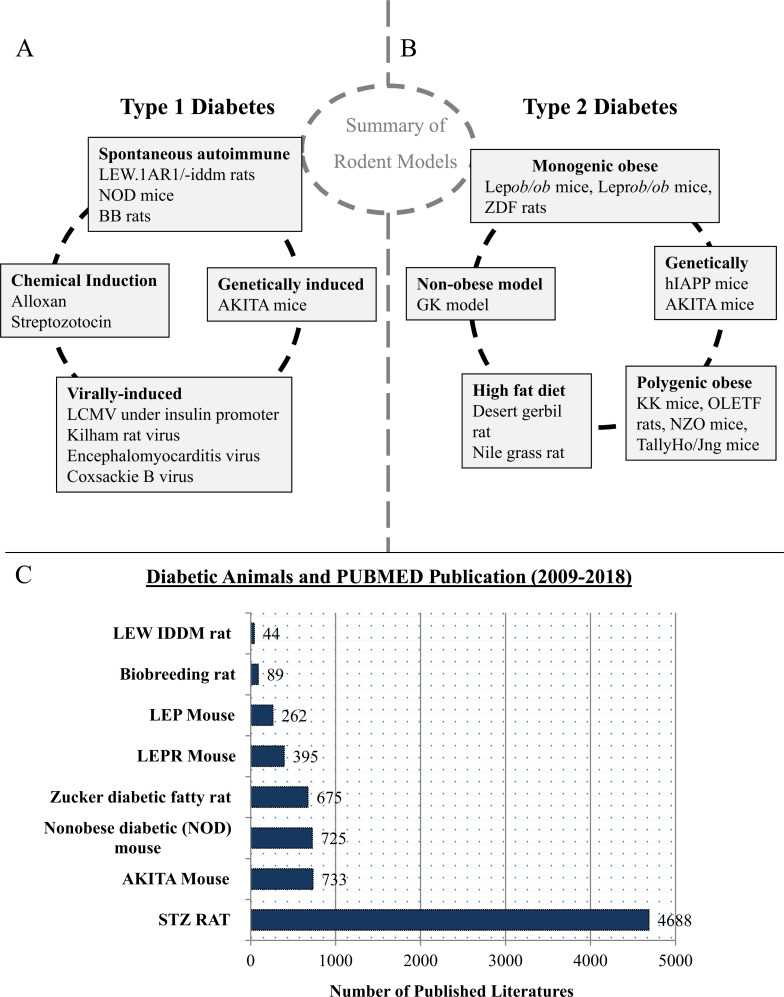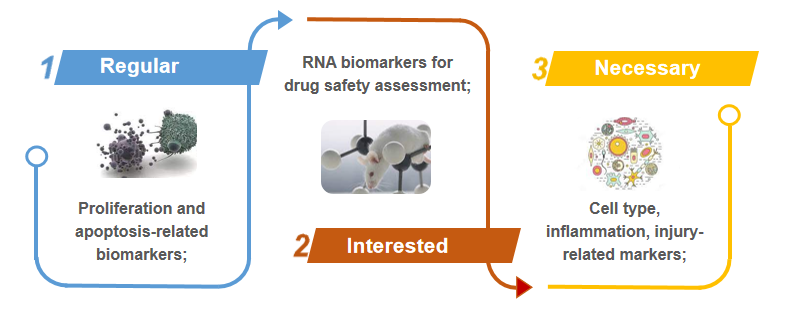Creative Bioarray provides preclinical research analysis services and drug safety assessment for various animal models such as mice, helping customers achieve gene expression analysis and histological localization of target mRNAs. Of course, our platform also provides IHC analysis of related proteins. Analysis of our platform is applicable to many commercial probes, and probe design and customization services are also available. We are confident to provide adaptation solutions for various commercial probes, and provide customers with comprehensive analysis and testing services through a high-quality service team and a complete equipment platform.
Visual Analytics for Preclinical Safety Assessment
Animal models that mimic human disease conditions are important in the preclinical phase before starting clinical trials. For example, in gene therapy, they can be used to assess variables associated with the use of viral vectors, such as safety, efficacy, dosage, and localization of transgene expression. Therefore, selection of appropriate disease-specific models is critical for successful clinical translation. The understanding and development of treatments for many chronic diseases require a long research process, such as epilepsy and Alzheimer's disease. With the development of modern understanding of molecular biology, the pathophysiological and physiological processes of diseases have been gradually recognized. The method of in situ hybridization enables the discovery and validation of relevant targets in situ in tissues or cells. Animal models play an important role in mechanistic studies of related diseases and drug development, especially in the preclinical stage of drug development. During initial preclinical discovery and clinical trials, researchers need drug screening efforts using known animal models, including analytical protocols and predictive pharmacological profiles. Screen for available markers by comparing human samples to mammalian models. Validation of these preclinical models is a critical step in the discovery of effective new therapies and assessment of preclinical safety. Our FISH technical service platform and visual analysis solutions will help the smooth development of preclinical research and clinical safety assessment.
 Fig 1. Diabetic Animal Model and their contribution in research field. (Shashank Pandey, et al. 2020)
Fig 1. Diabetic Animal Model and their contribution in research field. (Shashank Pandey, et al. 2020)
FISH Assay for Drug Safety Assessment Study
Mammalian models of many human diseases have been adeptly used in corresponding research, especially safety assessment in drug development. Our FISH technology platform provides researchers with a wide range of in situ visualization analysis solutions for gene expression, target screening and validation in tissue in situ and morphological contexts. At present, many commercial probes have been designed for many animal models, such as mouse, monkey, bovine, porcine, canine, cat, sheep and so on. We provide analysis of specified probe products, and of course we also provide probe design and customization services. The basic workflow of this service includes sample preparation, probe selection or customization, FISH procedures, imaging and data analysis. This service is primarily for tissue samples, but we also accept analysis tasks for archived samples.
Applications
RNA in situ hybridization analysis of proliferation and apoptosis-related biomarkers in preclinical animal models;
Discovery and detection of RNA biomarkers for drug safety assessment in preclinical animal models;
Detection of specific RNA markers (cell type, inflammation, co-expression of injury-related protein markers) in preclinical animal models;
Determining pretreatment conditions for different tissues of different species and determining positive control probe sets in preclinical animal models;
 Fig 2. Application of FISH testing in preclinical animal models.
Fig 2. Application of FISH testing in preclinical animal models.
If you are interested in our service, please contact us for cooperation. We look forward to cooperating with you in the near future.
Reference
- Pandey, Shashank, and Magdalena C. Dvorakova. "Future perspective of diabetic animal models." Endocrine, metabolic & immune disorders drug targets 20.1 (2020): 25.


 Fig 1. Diabetic Animal Model and their contribution in research field. (Shashank Pandey, et al. 2020)
Fig 1. Diabetic Animal Model and their contribution in research field. (Shashank Pandey, et al. 2020) Fig 2. Application of FISH testing in preclinical animal models.
Fig 2. Application of FISH testing in preclinical animal models.


